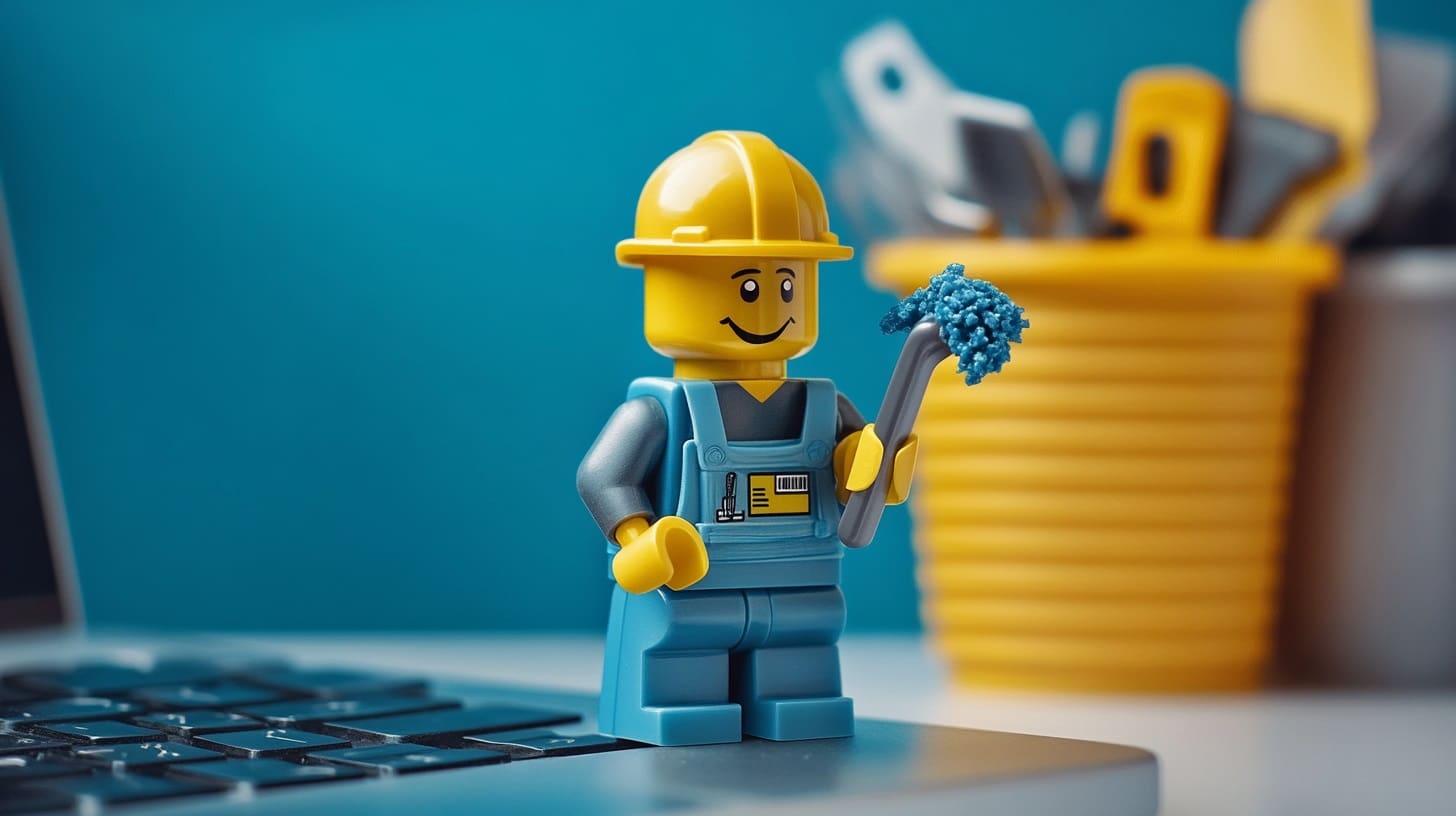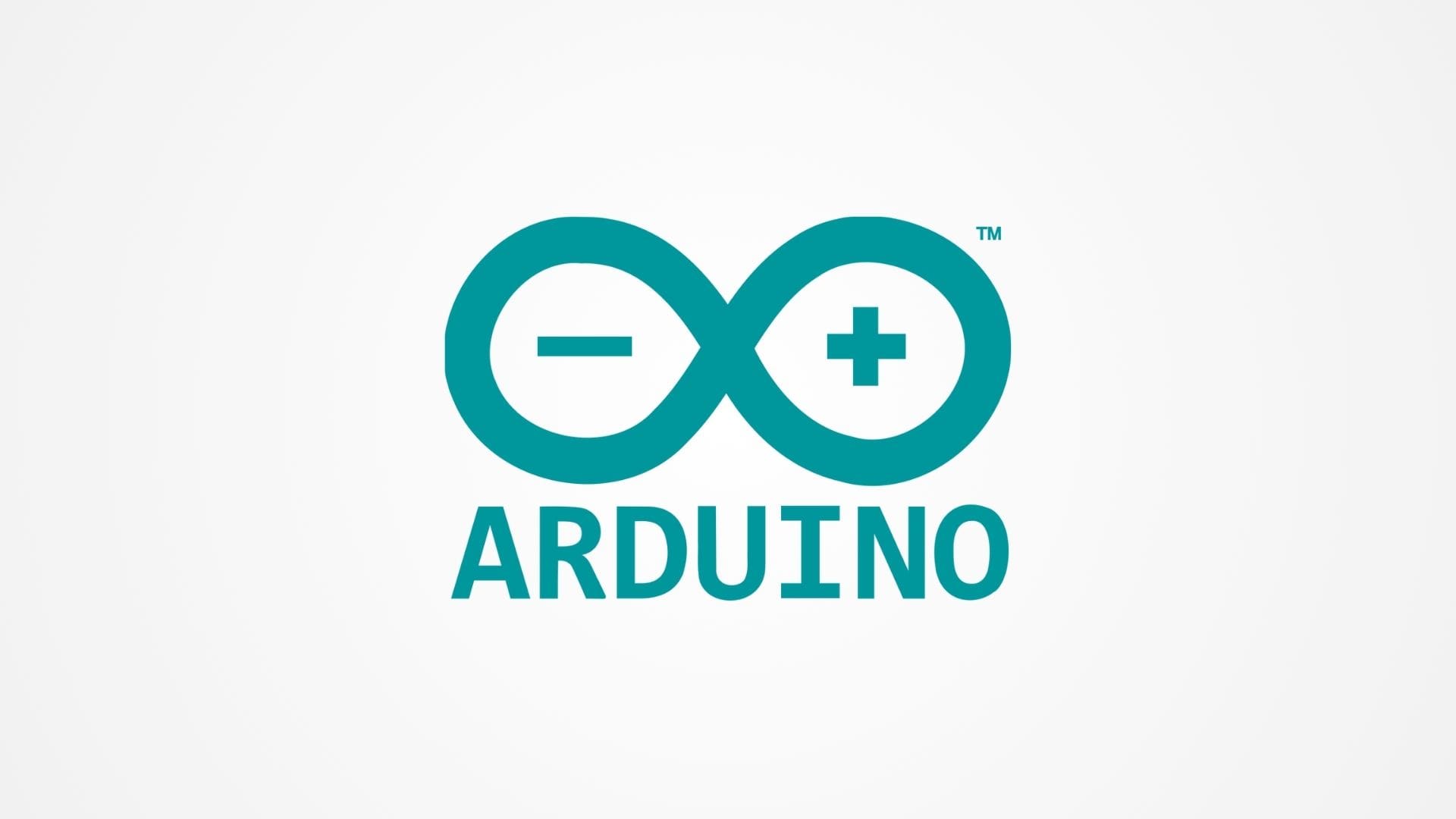Direct Metal Laser Sintering (DMLS) is a cutting-edge additive manufacturing technology used to create high-density metal parts by fusing metal powder particles layer by layer with a laser. This technique is widely utilized in industries requiring complex, high-strength, and thermally resistant components, such as aerospace, automotive, and medical devices. Understanding the components of a DMLS 3D printer is crucial for anyone involved in these sectors, as it not only aids in optimizing the use of the printer but also in maintaining it for peak performance. This article provides a detailed examination of the essential components that make up a DMLS printer and their functions.
Core Components of a DMLS 3D Printer
1. Metal Powder Bed: The metal powder bed is the foundation where the DMLS process takes place. It contains finely powdered metal, which can include materials such as stainless steel, aluminum, titanium, and cobalt chrome. The powder must be evenly distributed and maintained at a consistent density to ensure uniform sintering and part quality.
2. Recoating System: After each layer is sintered, the recoating system spreads a new layer of metal powder over the build area. This component is crucial for maintaining precise layer thickness, which typically ranges from 20 to 50 microns. The recoater usually consists of a blade or a roller that moves across the build platform, evenly distributing the powder.
3. Laser System: The laser system is the core of a DMLS printer. It includes a high-power fiber laser that selectively sinters the metal powder according to the 3D model’s specifications. The laser’s precision and power are key factors in achieving the desired material properties and dimensional accuracy of the finished product.
4. Scanning System: Integrated with the laser system, the scanning system directs the laser beam across the powder bed. It typically uses galvanometer scanners—mirrors that can rapidly pivot to steer the beam. The speed and accuracy of these scanners are critical for the efficiency and quality of the printing process.
5. Build Platform: The build platform in a DMLS printer is where the metal object is built. It lowers incrementally after each layer is sintered, allowing for the addition of new powder layers. This platform must be extremely stable and capable of handling high temperatures and weights, as the metal parts can become quite dense and heavy.
6. Temperature Control System: Maintaining a consistent temperature within the build chamber is essential for DMLS, as fluctuations can lead to defects and inconsistencies in the final product. The temperature control system includes heaters and thermal sensors that regulate the environment to ensure optimal sintering conditions.
7. Gas Flow System: DMLS printers typically operate under an inert gas atmosphere, such as argon or nitrogen, to prevent oxidation of the metal powders during the sintering process. The gas flow system maintains this atmosphere, circulating and filtering the gas to keep the oxygen content low and remove any contaminants.
8. Safety and Filtration System: Due to the use of high-power lasers and metal powders, DMLS systems must include robust safety and filtration components. These systems manage fumes and emissions from the sintering process, filter out particulate matter, and ensure operator safety through compliance with industry-specific regulations.
9. Control Software: The software that operates a DMLS printer translates digital models into precise instructions for the machine. It controls the laser parameters, scanning patterns, and layer data, adjusting as needed to accommodate the material characteristics and desired outcomes. This software is crucial for the successful execution of complex geometries and fine features.
10. Powder Management System: After the printing process, unused powder can be recycled for future use. The powder management system collects, sieves, and stores the metal powder, maintaining its quality for reuse and reducing material waste.
The components of a DMLS printer work in concert to produce metal parts with complex geometries and excellent mechanical properties. Each component, from the metal powder bed to the control software, plays a vital role in the process, influencing the efficiency, safety, and quality of the manufacturing process. As the adoption of DMLS continues to grow across various industries, understanding these components becomes essential for maximizing the benefits of this powerful 3D printing technology.








